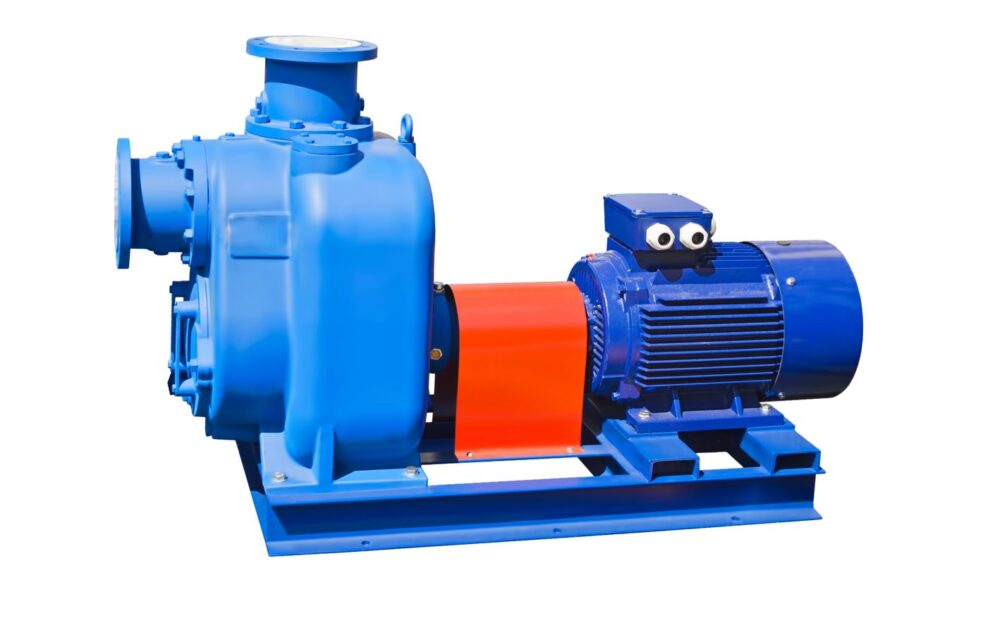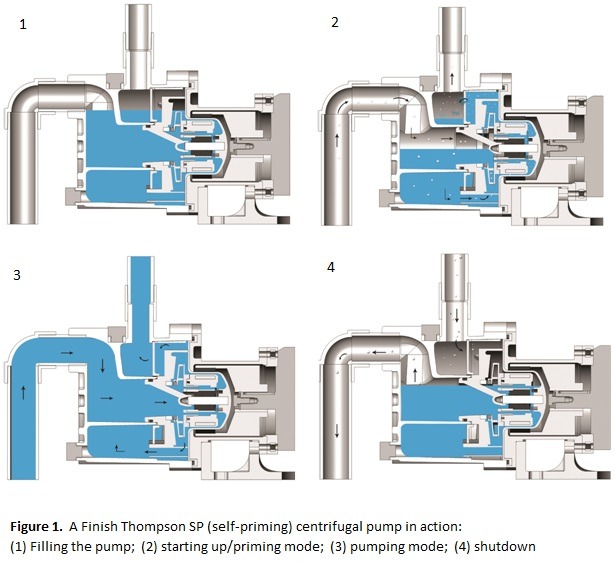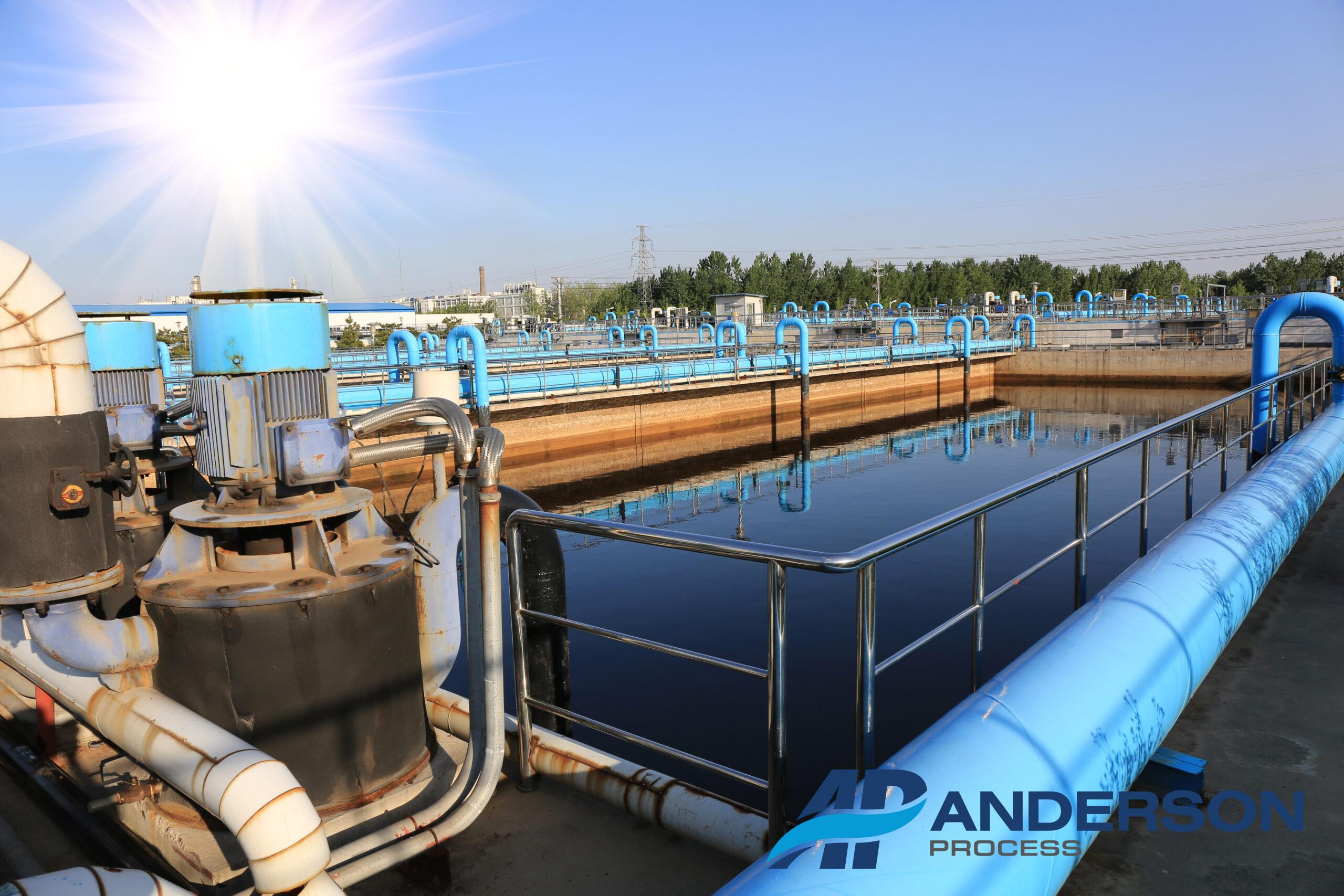In many applications, pumps are completely submerged in the liquid of what’s being pumped and are constantly surrounded by that liquid. Forces such as gravity and air pressure ensure that no air enters the suction line of the pump.
For many other pumping applications, it is necessary for pumps to be above the level of the liquid. Air enters the suction line when the pump is above the liquid level upon startup. Air in the suction line presents potential disastrous consequences, including overheating and possible pump failure. To combat these issues, self-priming pumps are used to expel the air before the liquid is pumped out.

What is a Self-Priming Pump?
A self-priming pump is a particular type of liquid pump specially designed to have the required start-up liquid inside the pump cavity or pump housing. This start-up liquid is necessary to start the pump priming process. It’s important to know that a self-priming pump must have liquid in the housing or pump cavity to operate. Running a self-priming pump without liquid already in the unit can lead to numerous issues, including pump failure. Self-Priming pumps are engineered to evacuate all the air in the suction line first before pumping out the air free liquid.

How Do Self-Priming Pumps Work?
During the pump priming process air enters the pump from the suction line and combines with liquid at the impeller, creating a fluid with pumping properties. The rotation of the impeller creates a vacuum forcing the air to rise (its natural tendency) and the liquid down into a reservoir, inside the pump housing. The liquid, denser without being combined with air bubbles, flows by gravity back into to the impeller chamber where it can combine with left over air in the suction line. The process gradually repeats itself until all the air is expelled and the pump is completely filled with liquid. When the pump is filled with liquid the normal pumping process transpires and the liquid is expelled.
Photo Credit: Michael Smith Engineers LTD
Common Applications for Self-Priming Pumps
Self-Priming pumps are used in several different industrial and commercial industries, including sewage treatment plants, power plants and steel mills. They are commonly used to pump raw sewage from sewage lift stations to treatment facilities. Another common application is for dewatering construction and mining operation sites. On construction sites, self-priming pumps are often affectionately known as “trash pumps” due to their ability to be able to pump debris often found around a construction site.

Pictured: Water Treatment Plant
To review, self-priming pumps are needed for an application if the pump is above the liquid level of what is being pumped. A self-priming pump needs to be able to expel the air from the suction line, which then gradually draws water into the pump. When all the air is expelled from the suction line and the pump is filled with water, the pumping process commences. After the water is pumped out, the cycle repeats itself.
